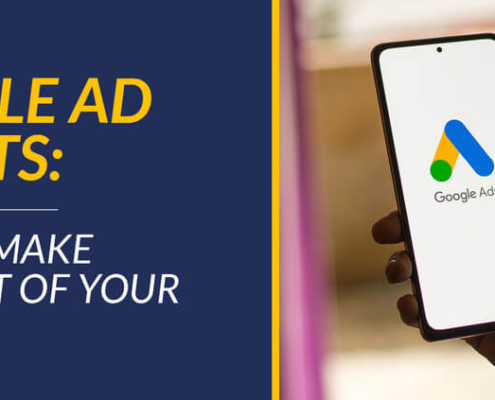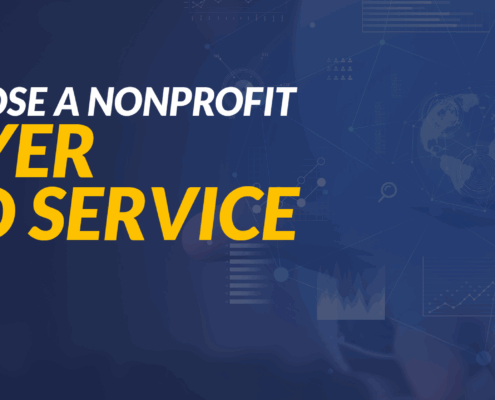
Google Ad Grants: How to Make The Most of Your Free Ads
Imagine having $10,000 each month to get your nonprofit in front…

Nonprofit Marketing: Proven Tips to Reach Your Supporters
Did you know it takes 18-20 points of contact to reach a new…

How to Optimize Your Nonprofit Budget: A Guide & 5 Best Tips
A nonprofit budget is an important financial document that helps…

How to Choose a Nonprofit Employer Append Service (A Guide)
If your nonprofit is seeking to increase revenue from workplace…